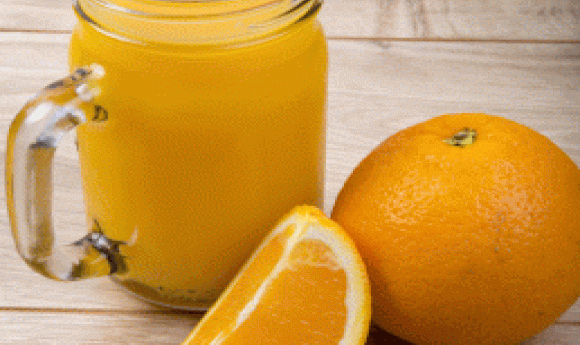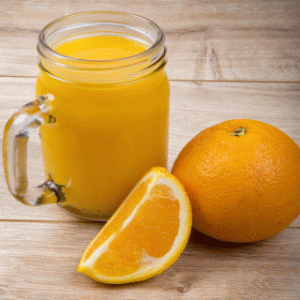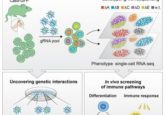Thinking of juicing? Select the orange wisely

A new study shows that commercial processing and fruit varieties alter the stress-reducing and immune-system-boosting effects of orange juice.

Orange juice is part of a healthy breakfast. It offers antioxidants including vitamin C, phenolic compounds that help fight cancer, and carotenoids that give it its vibrant color and confer protection against certain diseases. Not only that, but when consumed with a high-calorie meal, orange juice can actually neutralize oxidative and inflammatory stress and help prevent blood vessel damage. But are all orange juices created equal?
Yamile Mennah-Govela and Gail Bornhorst from the University of California, Davis decided to find out which orange variety is better for juicing, if oranges harvested late in the season differ from those harvested early, and how commercial processing changes the nutritional quality of orange juice. They now report their findings in The Journal of Food Science.
“In our lab, we regularly study in vitro digestion of solid foods using a human gastric simulator. But here, we wanted to see how the processing of liquid (especially juice) affects its nutritional contents,” said Mennah-Govela. “We used orange because it is one of the most common fruit juices.”
The authors first gathered four orange varieties: Lane Late Navel, Fukumoto Navel, Campbell Valencia, and Olinda Nucellar Valencia oranges. After juicing the oranges, they processed them using five processing methods, including four different thermal treatments and one high-pressure processing approach.
Using simulated oral and gastric fluids, Bornhorst’s team then digested the juices in vitro and looked at orange juice quality, anti-oxidant activity, and total polyphenol content before and after simulated digestion.
They found that orange variety significantly influenced the initial antioxidant activity, total polyphenol content, and ascorbic acid levels of undigested orange juice, but the processing method did not affect these parameters.
The researchers then measured the bioaccessibility of various nutrients after in vitro digestion. They expected to see decreased bioaccessibility after thermal processing for all types of oranges, believing that high temperatures would break down of some of the compounds. To their surprise, orange variety influenced antioxidant activity and nutrient bioaccessibility more than the processing method did.
“We were surprised to see the impact of orange variety. Previous research shows that the time of harvest and the processing of orange juice has an effect, but we were not expecting that variety of orange will be more significant than the processing method,” said Mennah-Govela.
Going forward, the researchers would like to explore the effects of fruit varieties and processing methods on juices when combined with other fruits or foods. They plan to “add some proteins this time, and to know how processing of food leads to the breakdown of food using simulated digestion,” said Mennah-Govela.





